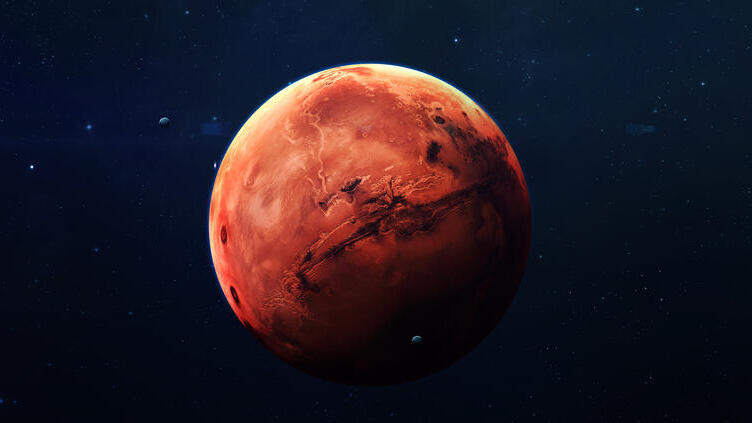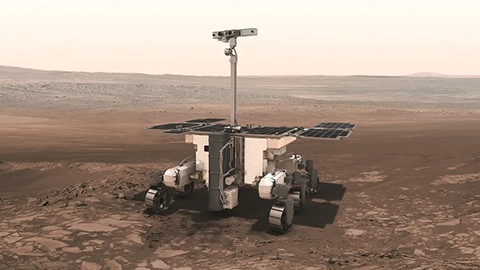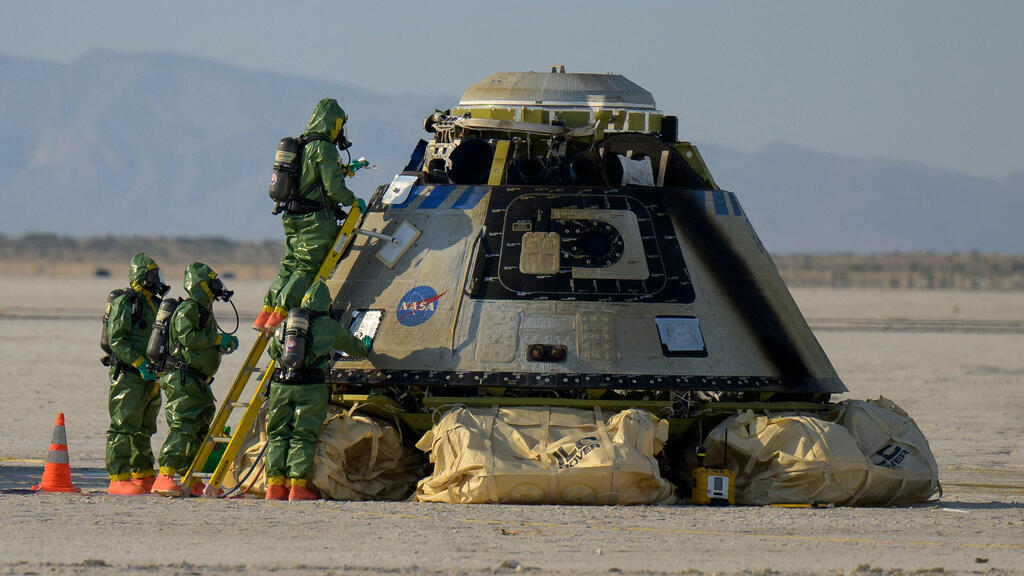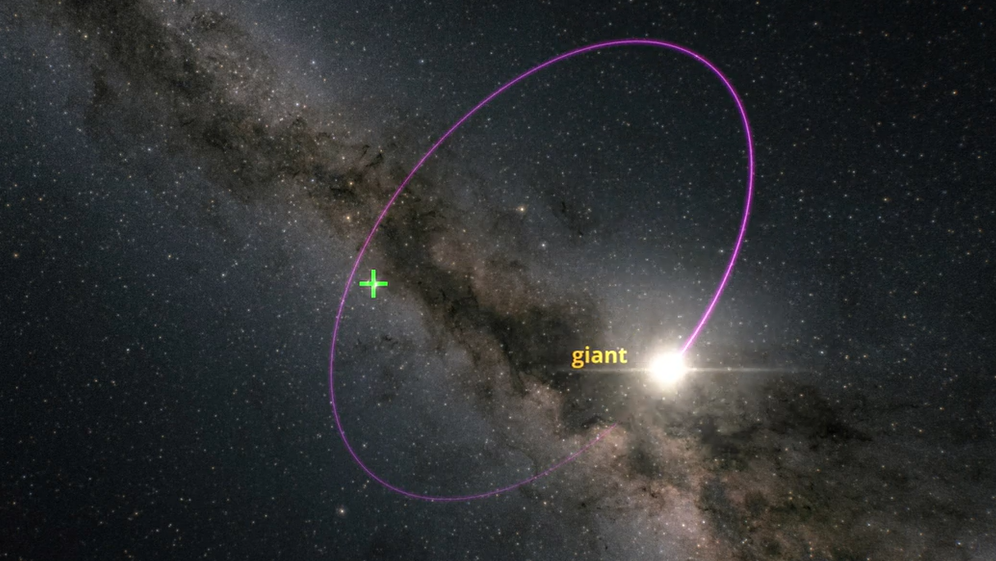Privatizing Mars samples return
The United States space agency, NASA, has effectively abandoned its plan of bringing Mars samples back to Earth, shifting gears instead and inviting companies from the private sector to propose alternative plans. This decision follows an internal review that projected the mission's costs between 8 and 11 billion dollars, with the samples not expected to arrive on Earth until sometime in the next decade, potentially around 2040.
NASA's original plan was to launch a joint mission with the European Space Agency in 2028, aiming to retrieve samples collected by the Mars rover Perseverance, which has been exploring Mars and storing samples in sealed containers for three years. “The bottom line is that $11 billion is too expensive and not returning samples until 2040 is unacceptably too long,” said NASA Administrator Bill Nelson.
Companies keen on tackling this challenge have until May 17 to submit preliminary proposals. The agency will then select some of the proposals for further three-month development. . The mission prerequisites entail a Mars landing and retrieving the sample containers, possibly from locations where the current rover (Perseverance) will concentrate them.
Additionally, the mission must successfully launch the payload from Mars's surface to a spacecraft awaiting in orbit around the planet, a feat never before accomplished. Nevertheless, NASA emphasized their preference for relying primarily on existing and proven technologies for such a mission. “What we’re hoping is that we’ll be able to get back to some more traditional, tried-and-true architectures, things that do not require huge technological leaps,” said Nicola Fox, NASA's Associate Administrator for Science.
One way to save money and rely on old technologies might be to scale back the mission's scope, such as retrieving only a subset of the roughly 30 sample containers already prepared by the current rover. Another logistical hurdle revolves around synchronizing the mission with Perseverance's operational timeline, as the rover is slated to conclude its scientific duties by 2028. Theoretically, Perseverance could be harnessed to play a dual role by collecting the sample containers it has scattered across the surface for handoff to the subsequent mission rover tasked with returning them back to Earth.
Even if the mission's development is outsourced, it will still encounter substantial financial challenges. Earlier this year, the space agency cut the project's budget a significant percentage, reducing it to only 300 million dollars. This amount is a fraction of the mission's planned total cost and was initially allocated solely for planning purposes. These cuts have led to many layoffs at NASA's Jet Propulsion Laboratory (JPL) and at the California Institute of Technology.
Boeing's passengers to the space station
Last week, Boeing's Starliner spacecraft was mounted atop the ULA's Atlas V rocket, in preparation for the spacecraft's first crewed launch, scheduled for May 6, following multiple delays. These spacecraft are designed to transport cargo and astronauts to the International Space Station (ISS) under a NASA contract, alongside SpaceX's Dragon spacecraft.
Nearly two years ago, Boeing completed an uncrewed test flight to the station. However, it encountered technical issues that required further modifications, resulting in significant financial losses due to repeated delays.
This upcoming launch has faced multiple postponements, but it seems that now there’s a genuine possibility it will proceed, with crew members Barry Wilmore and Sunita Williams, both veteran and experienced NASA astronauts. Should this crewed test flight prove successful, Boeing will join in operating flights to the station, marking the first instance where two entities from the same country simultaneously operate crewed orbital flights.
Venus's raging atmosphere
The atmosphere of Venus is releasing enormous quantities of gasses, including carbon and oxygen, into space. This phenomenon was detected via measurements taken by the European-Japanese spacecraft BepiColombo, which passed close to Venus on its way to explore Mercury.
Unlike Earth, Venus lacks a global magnetic shield to shield its atmosphere from a significant portion of the solar wind—electrically charged particles emanating from the sun at formidable energies. These particles indeed impact Venus's atmosphere, and measurements taken by the spacecraft that passed near it in August 2021, revealed that some of their energy is transferred to oxygen and carbon ions, propelling them with such velocity that they surmount the planet's gravitational pull and are emitted into space.
"This is the first time that positively charged carbon ions have been observed escaping from Venus’s atmosphere. These are heavy ions that are usually slow moving, so we are still trying to understand the mechanisms that are at play," said Linda Hadid, researcher and lead author of the research team from the Laboratoire de Physique des Plasmas (LPP) at the Centre National de la Recherche Scientifique (CNRS) - France's National Laboratories. "It may be that an electrostatic ‘wind’ is lifting them away from the planet, or they could be accelerated through centrifugal processes.”
Estimates suggest that Venus once possessed an atmosphere similar to Earth's, likely also complete with surface water. However, it is believed that the solar wind caused the water to evaporate into space, significantly altering the atmospheric composition. Venus’ atmosphere now predominantly contains carbon dioxide and is markedly denser and thicker than that of Earth.
5 View gallery
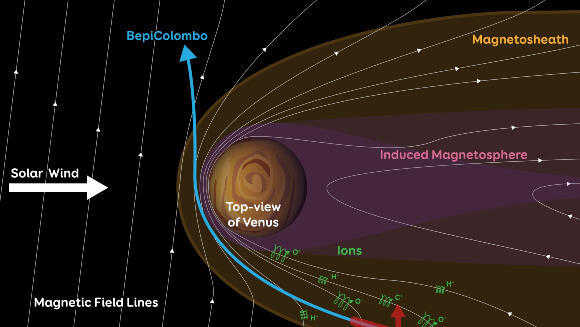

The solar wind causes the emission of heavy ions from the atmosphere. The trajectory of the BepiColombo spacecraft as it passes close to Venus's atmosphere
(Illustration: Thibaut Roger/Europlanet 2024 RI/Hadid et al )
“Characterizing the loss of heavy ions and understanding the escape mechanisms at Venus is crucial to understand how the planet’s atmosphere has evolved and how it has lost all its water,” added Dominique Delcourt, researcher at the LPP responsible for ion measurements in space.
Black, close, and massive
Occasionally, even massive objects are discovered by chance. An example of such a discovery is a stellar black hole with a mass 33 times that of our sun, making it the largest of its kind discovered to date and also the closest to Earth.
A stellar black hole is a black hole that forms by the gravitational collapse of a star at the end of its life. A sun such as ours is too small to create a black hole when it dies, however, stars with about 20 times the mass of our Sun have enough residual mass that eventually collapses into a very small volume, resulting in a body with gravity so intense that not even light can escape it.
Until now, the most massive known stellar black hole had a mass 21 times that of our sun. This is barely a fraction of the mass of enormous supermassive black holes, such as Sagittarius A* at the center of the Milky Way, which is four million times the mass of our sun.
The newly discovered stellar black hole was identified through observations by the European Space Agency's Gaia space telescope, which maps the Milky Way with unparalleled accuracy. The Gaia research team includes Israeli astrophysicist Tsvi Mazeh from Tel Aviv University, this year's Israel Prize laureate Shai Zucker, and Avraham Binnenfeld, also from Tel Aviv University, along with Sahar Shahaf from the Weizmann Institute of Science, and hundreds of scientists from around the world.
When scanning the observations in preparation for publication, the researchers noticed strange deviations in the orbit of one star. Further investigations using the ground-based telescopes of the European Southern Observatory (ESO) revealed that the star's companion in the binary system, in which two celestial bodies orbit each other, is a stellar black hole, the largest and closest yet discovered, located 2,000 light-years away.
Analysis of the composition of the partner star showed that it is relatively metal-poor, containing almost no elements other than hydrogen or helium. Given that stars in a binary system tend to share similar compositions, the researchers speculate that the star that collapsed was similarly composed, possibly explaining its transformation into such a supermassive black hole. The findings were so remarkable that the team decided to publish them immediately, ahead of a full analysis of the data, which is expected only next year.


